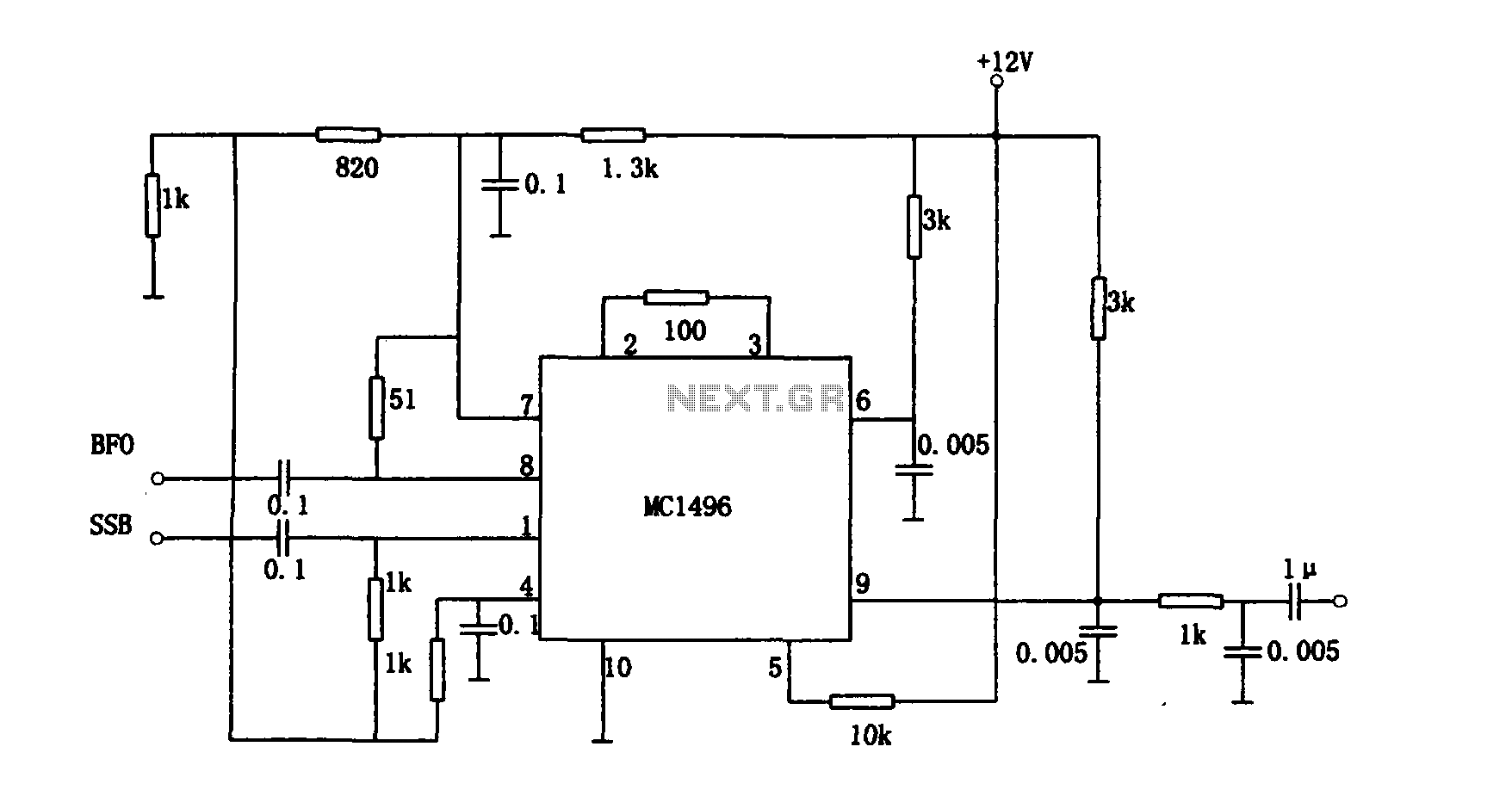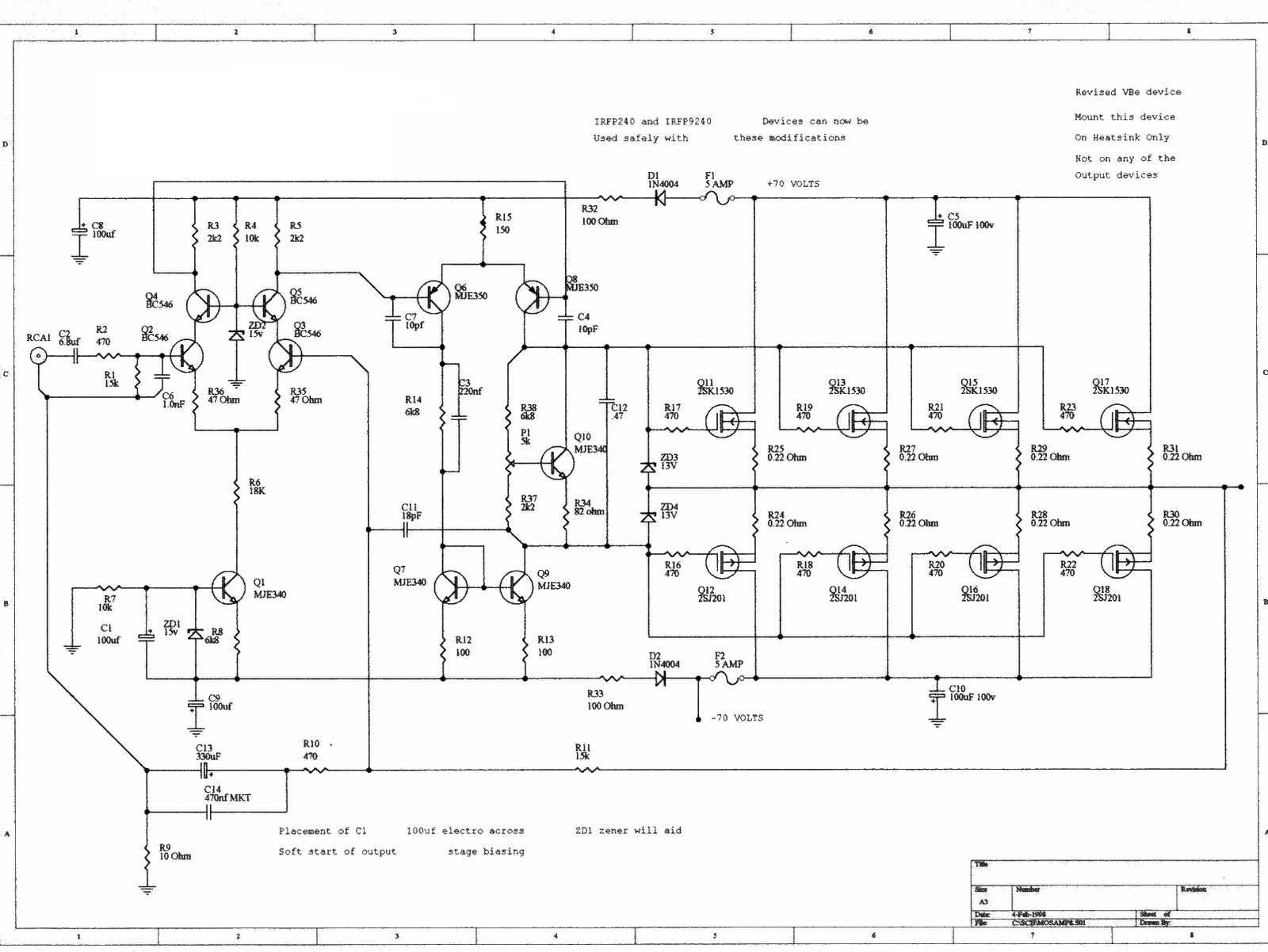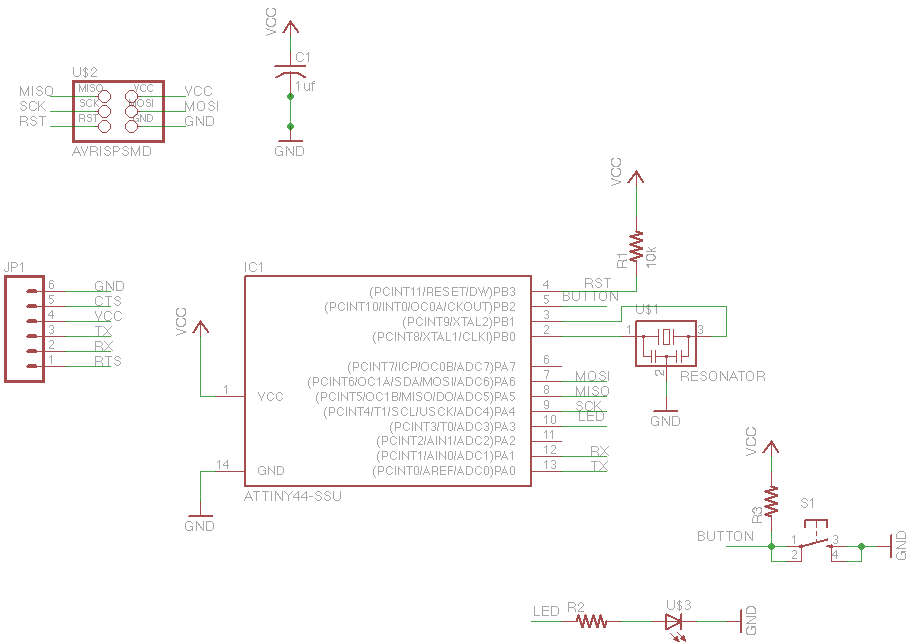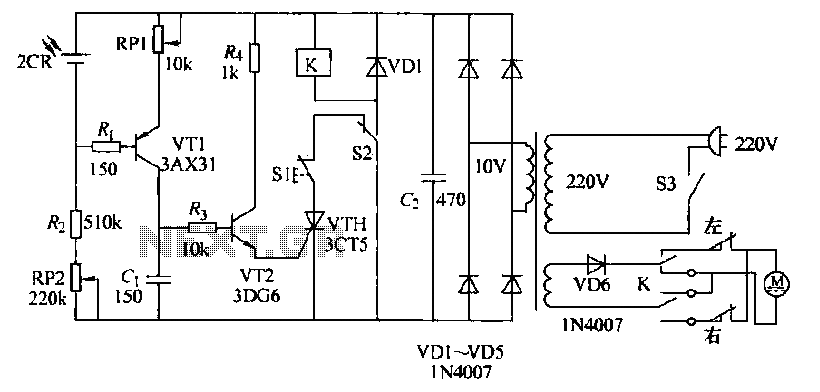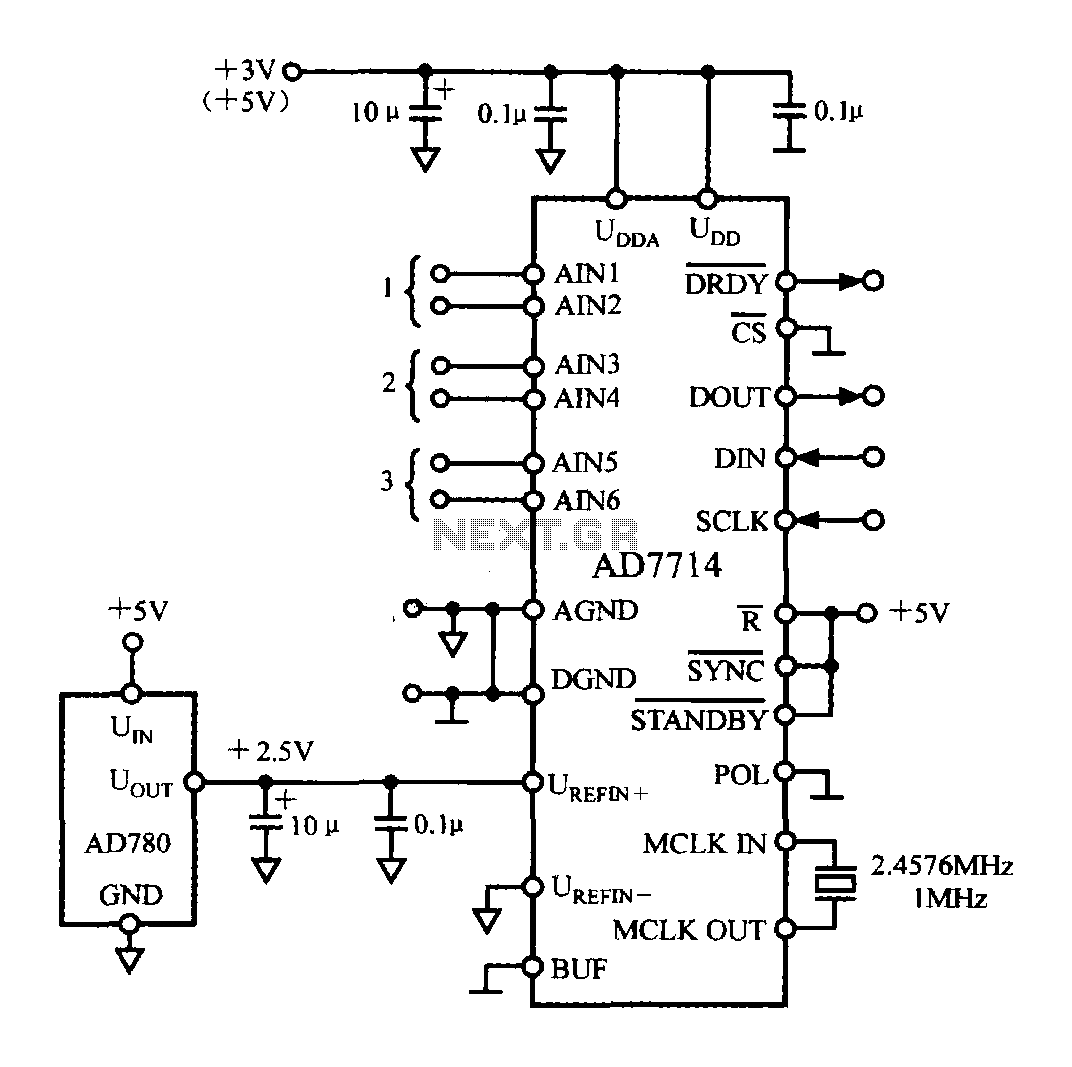
Sixteenth street control circuit composed of the second decoding circuit diagram
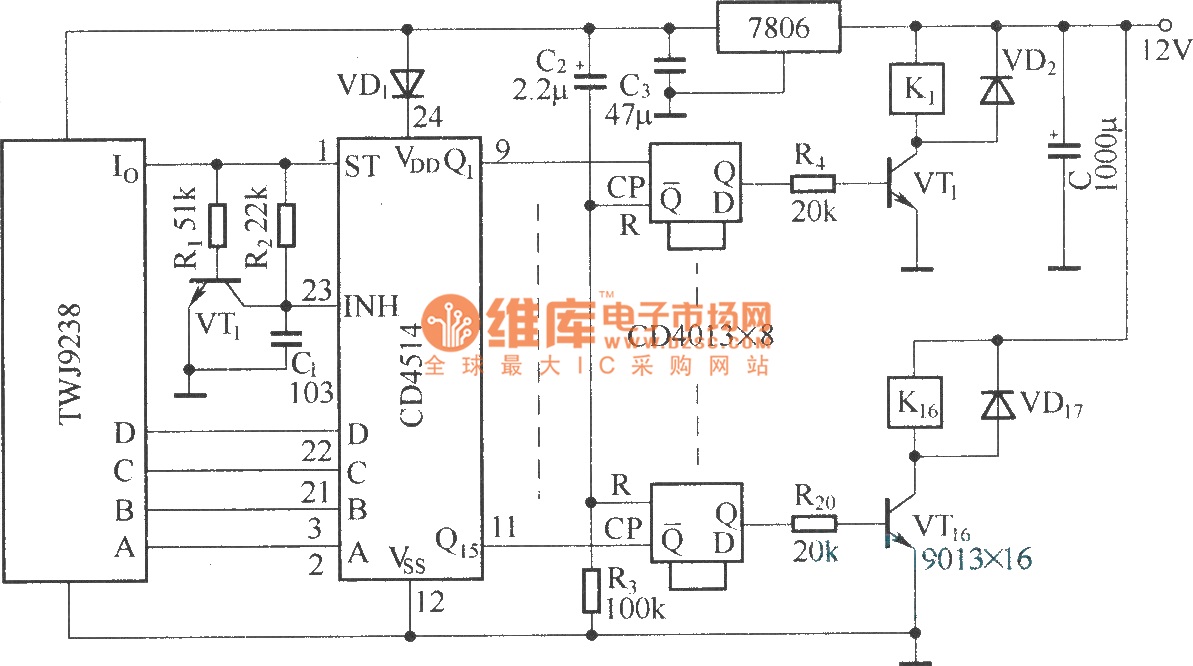
The Sixteenth Street control circuit consists of a secondary decoding output control circuit. Each output terminal of the sixteen decoding is connected to a bistable circuit made up of dual D flip-flops (CD4013). A DC relay is connected to each output terminal of the bistable circuit.
The Sixteenth Street control circuit serves as a vital component in a larger system, allowing for precise control of multiple outputs through a decoding mechanism. The second decoding output control circuit decodes a binary input into one of sixteen possible outputs. Each output is connected to a bistable circuit, which is implemented using dual D flip-flops (CD4013). This configuration enables each output to maintain its state until a triggering event occurs.
The CD4013 dual D flip-flop is a versatile and widely used component in digital electronics. It features two independent D flip-flops, each capable of storing one bit of information. The flip-flops are triggered by a clock signal, allowing for synchronous operation. In this circuit, the flip-flops are utilized to create a bistable operation, where each output can toggle between two stable states (on or off) based on the input signals.
Connected to each output terminal of the bistable circuit is a DC relay. The relay serves as an electromechanical switch that can control higher power devices or circuits. When the bistable circuit changes state, it activates the corresponding relay, allowing for the control of external loads such as lights, motors, or other electronic devices. The use of relays enhances the versatility of the control circuit, enabling it to interface with a variety of applications.
Overall, the design of the Sixteenth Street control circuit emphasizes reliability and functionality, leveraging the capabilities of CD4013 flip-flops and DC relays to achieve efficient control over multiple outputs in a systematic manner.Sixteenth street control circuit composed of the second decoding output control circuit. Connect an bistable circuit that composed of dual D flip-flop CD4013 to every output terminal of the sixteen decoding. Connect a DC relay on each output terminals of bistable circuit.. 🔗 External reference
The Sixteenth Street control circuit serves as a vital component in a larger system, allowing for precise control of multiple outputs through a decoding mechanism. The second decoding output control circuit decodes a binary input into one of sixteen possible outputs. Each output is connected to a bistable circuit, which is implemented using dual D flip-flops (CD4013). This configuration enables each output to maintain its state until a triggering event occurs.
The CD4013 dual D flip-flop is a versatile and widely used component in digital electronics. It features two independent D flip-flops, each capable of storing one bit of information. The flip-flops are triggered by a clock signal, allowing for synchronous operation. In this circuit, the flip-flops are utilized to create a bistable operation, where each output can toggle between two stable states (on or off) based on the input signals.
Connected to each output terminal of the bistable circuit is a DC relay. The relay serves as an electromechanical switch that can control higher power devices or circuits. When the bistable circuit changes state, it activates the corresponding relay, allowing for the control of external loads such as lights, motors, or other electronic devices. The use of relays enhances the versatility of the control circuit, enabling it to interface with a variety of applications.
Overall, the design of the Sixteenth Street control circuit emphasizes reliability and functionality, leveraging the capabilities of CD4013 flip-flops and DC relays to achieve efficient control over multiple outputs in a systematic manner.Sixteenth street control circuit composed of the second decoding output control circuit. Connect an bistable circuit that composed of dual D flip-flop CD4013 to every output terminal of the sixteen decoding. Connect a DC relay on each output terminals of bistable circuit.. 🔗 External reference

